Fishes
Media
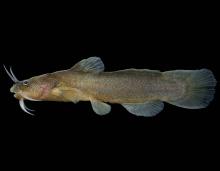
Species Types
Scientific Name
Noturus nocturnus
Description
The freckled madtom looks similar to the tadpole madtom and shares much of its range, but its upper jaw projects beyond the lower jaw, and the underside of the head and body are sprinkled with dark speckles.
Media

Species Types
Scientific Name
Noturus flavus
Description
The stonecat is the most common madtom in the large streams in the northern Ozarks and Prairie region. Its body and fins are nearly plain, its upper jaw projects beyond the lower jaw, and its lower lip and chin lack dark pigment.
Media
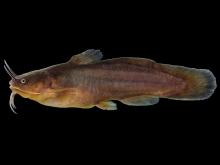
Species Types
Scientific Name
Noturus gyrinus
Description
The tadpole madtom occurs in the Bootheel lowlands and in a broad zone from southwest Missouri to northeast Missouri. This small, chubby catfish is most common in the Bootheel lowlands and in northeastern Missouri.
Media
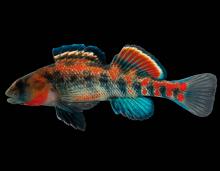
Species Types
Scientific Name
Etheostoma, Percina, Ammocrypta, and Crystallaria spp.
Description
Darters have been described as the hummingbirds of the fish world: colorful, small, and quick. Missouri has about 44 different types of darters. They are most diverse in the fast, clear, rocky streams of the Ozarks.
Media
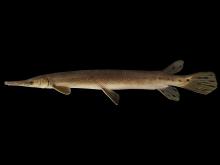
Species Types
Scientific Name
Lepisosteus platostomus
Description
The shortnose gar is named for its relatively short, broad snout. Like other gars, it's a long, cylindrical fish with a long snout and numerous prominent teeth. The body is covered with hard, diamond-shaped scales.
Media

Species Types
Scientific Name
Platygobio gracilis
Description
The flathead chub is a slender, silvery minnow with small eyes, sickle-shaped pectoral fins, and wedge-shaped head with a pointed snout. Native to Missouri's big rivers and their tributaries, it is now state endangered.
Media

Species Types
Scientific Name
Anguilla rostrata
Description
The American eel is considered an uncommon catch by Missouri sport anglers. This species is known to take natural baits and rarely takes artificial baits.
Media
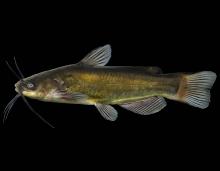
Species Types
Scientific Name
Ameiurus melas
Description
The black bullhead is widespread in Missouri. It is the most common bullhead catfish in north and west portions of the state. It has dusky or black chin barbels, and the edge of its tail fin is notched, not straight.
Media
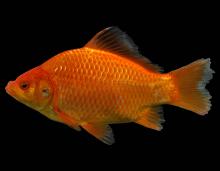
Species Types
Scientific Name
Carassius auratus
Description
Goldfish are not native to North America. They often escape into the wild from bait buckets and other causes, but there are few self-sustaining populations in Missouri.
Media
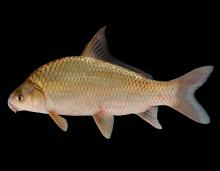
Species Types
Scientific Name
Carpiodes carpio
Description
The river carpsucker has a silvery, deep, rather thick body, a long, sickle-shaped dorsal fin, and whitish lower fins. It is the most abundant and widely distributed carpsucker in Missouri.
See Also


Media

Species Types
Scientific Name
Amphiuma tridactylum
Description
The three-toed amphiuma is an eel-like, completely aquatic salamander. It has very small forelimbs and hind limbs, each with three tiny toes. In Missouri it’s found only in the Bootheel region.
Media

Species Types
Scientific Name
Siren intermedia nettingi
Description
The western lesser siren is an eel-like, aquatic salamander with external gills, small eyes, small forelimbs with four toes, and no hind limbs. In Missouri, it’s found mostly in the Bootheel and northward in counties near the Mississippi River.
About Fishes in Missouri
Missouri has more than 200 kinds of fish, more than are found in most neighboring states. Fishes live in water, breathe with gills, and have fins instead of legs. Most are covered with scales. Most fish in Missouri “look” like fish and could never be confused with anything else. True, lampreys and eels have snakelike bodies — but they also have fins and smooth, slimy skin, which snakes do not.





















